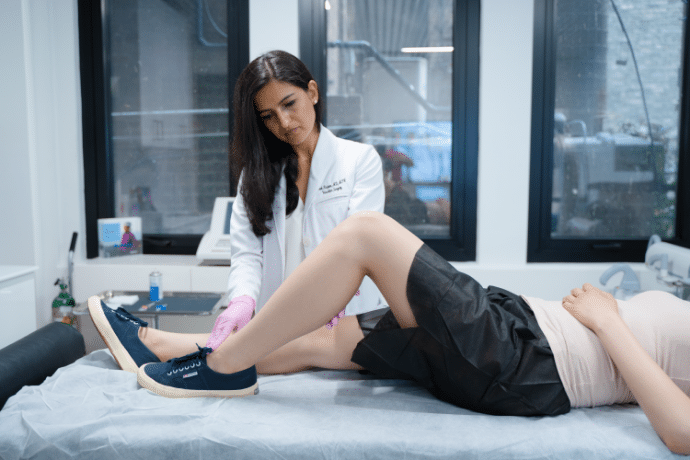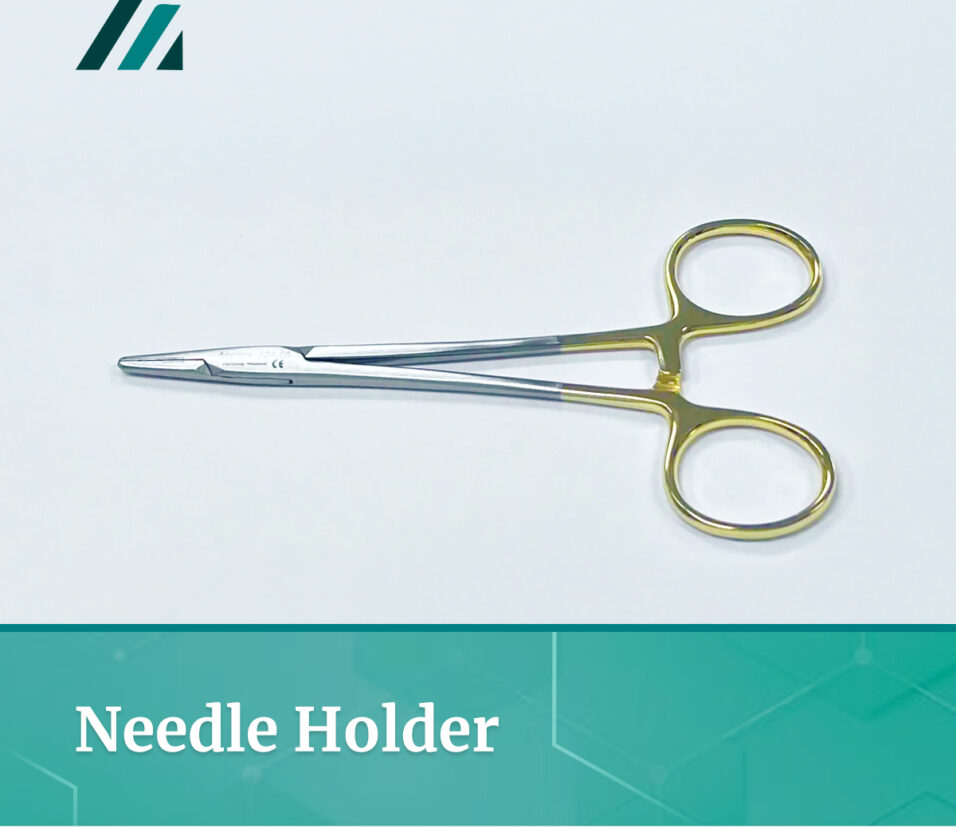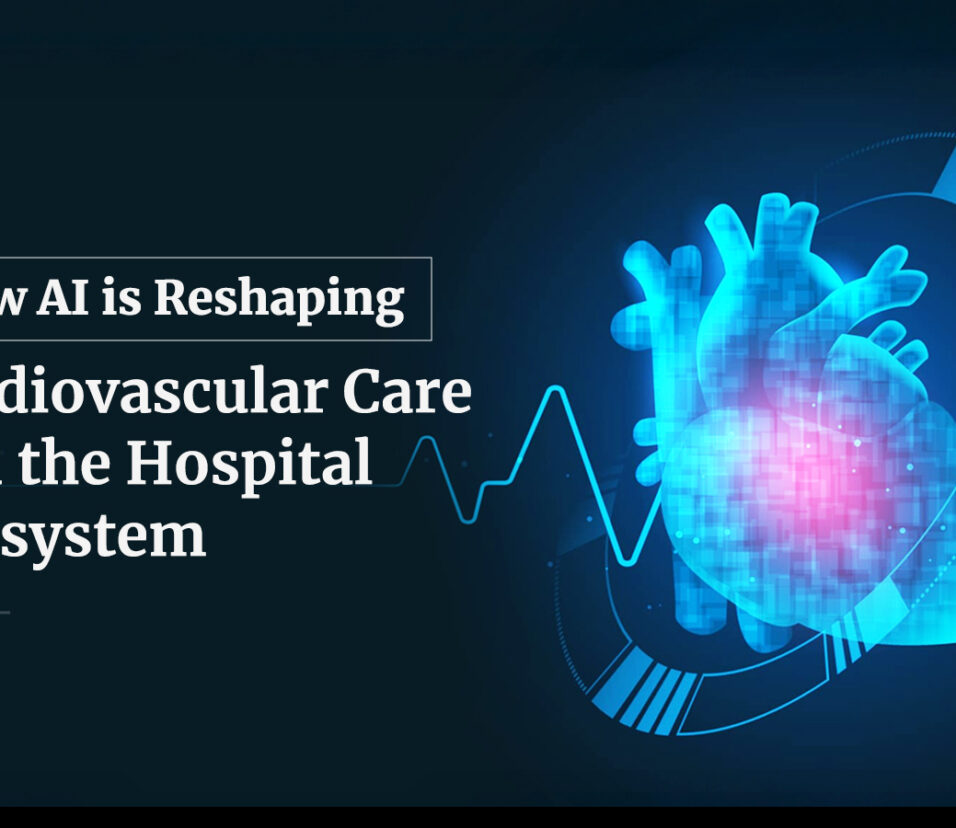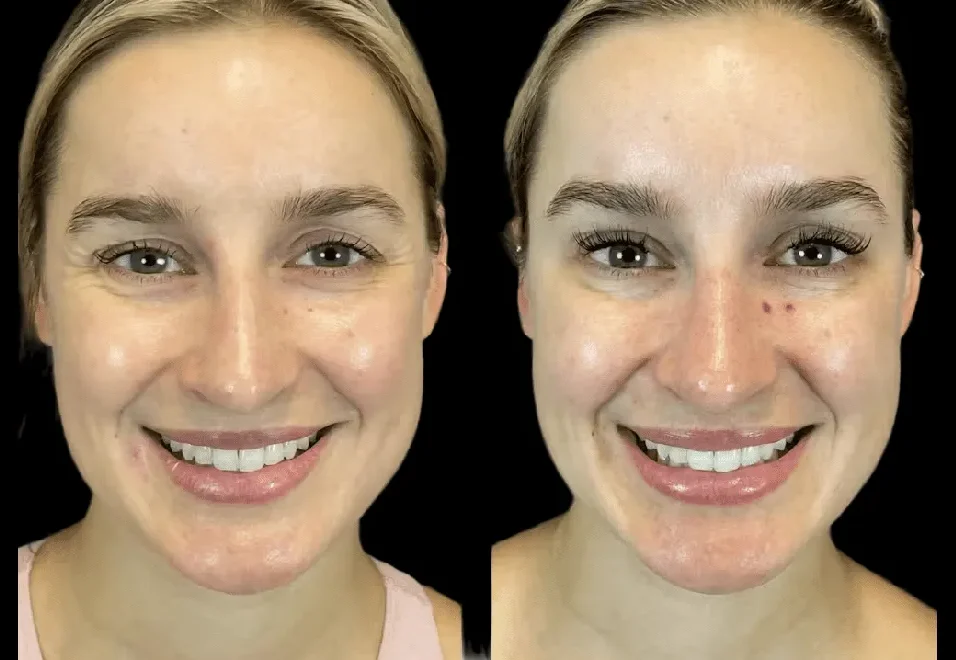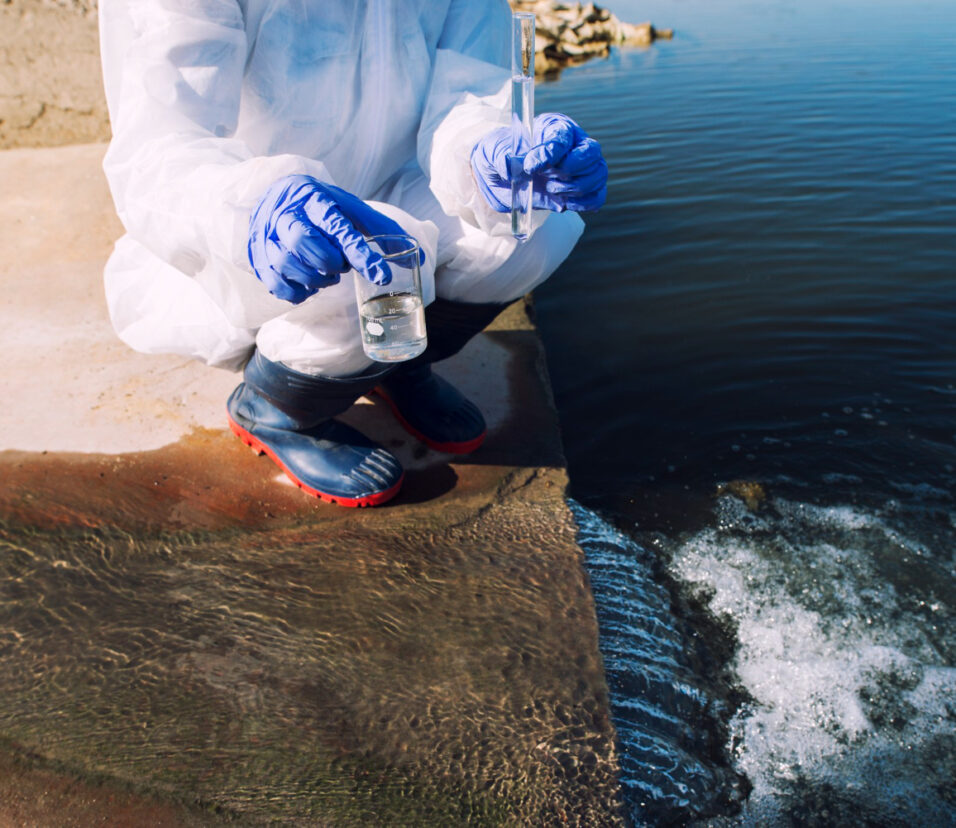What Treatments Are Offered at a Vein Center?
If you’ve ever asked, what do vein centers do? or searched for vein treatment near me, you’re not alone. Millions of people worldwide suffer from vein-related issues, including varicose veins, spider veins, and other circulatory problems. Vein centers offer specialized care to treat these conditions and help improve your quality of life. In this article, we’ll explore the various treatments that vein centers provide to alleviate symptoms, improve aesthetics, and promote healthier veins.
Understanding Vein Centers
Before diving into the specific treatments, it’s important to understand what a vein center is. A vein center is a medical facility specializing in diagnosing and treating vein-related conditions, particularly those related to venous insufficiency and varicose veins. These centers are typically staffed by specialists such as vascular surgeons, interventional radiologists, or phlebologists (doctors who specialize in veins). The main goal of a vein center is to provide comprehensive care for individuals suffering from vein issues and to offer both medical and cosmetic solutions.
What Treatments Are Available at a Vein Center?
Vein centers offer a variety of treatments depending on the type and severity of the vein condition. These treatments can be categorized into non-invasive procedures, minimally invasive procedures, and surgical interventions. Let’s take a closer look at each treatment option.
Do you want to visit Char Dham? Char Dham Travel Agent is the best place to plan your Char Dham tour. You can book the tour from here.
1. Sclerotherapy
Sclerotherapy is one of the most common treatments offered at vein centers, especially for spider veins and small varicose veins. During this procedure, a doctor injects a special solution (called a sclerosant) directly into the affected vein. This solution causes the vein to collapse and seal shut. Over time, the body absorbs the treated vein, and it disappears. Sclerotherapy is an effective and minimally invasive treatment that doesn’t require anesthesia or incisions, making it ideal for smaller veins.
2. Endovenous Laser Therapy (EVLT)
Endovenous laser therapy, or EVLT, is a minimally invasive procedure used to treat larger varicose veins. During this treatment, a laser fiber is inserted into the affected vein through a small incision. The laser emits heat, which causes the vein to collapse and close. As the vein closes off, blood is redirected to healthier veins, and the treated vein is gradually absorbed by the body. EVLT is an outpatient procedure and typically requires only local anesthesia.
3. Radiofrequency Ablation (RFA)
Radiofrequency ablation is another effective treatment for varicose veins that works similarly to EVLT. Instead of using a laser, radiofrequency energy is used to heat the vein and cause it to collapse. A catheter is inserted into the vein, and radiofrequency energy is delivered to the affected vein. RFA is a highly effective, minimally invasive procedure with a low risk of complications. Most patients experience little to no downtime after the procedure.
Would you like to visit Indiar? A tour operator in India is the best place to plan your tour. You can book a tour from here.
4. Ambulatory Phlebectomy
Ambulatory phlebectomy is a procedure used to remove larger varicose veins near the surface of the skin. During this procedure, small incisions are made in the skin, and the veins are removed through tiny suction or surgical instruments. This treatment is performed on an outpatient basis, and patients can return to their normal activities within a few days. It’s often used in combination with other treatments like sclerotherapy or EVLT.
5. Ultrasound-Guided Foam Sclerotherapy
This treatment is an advanced version of traditional sclerotherapy. In ultrasound-guided foam sclerotherapy, a special foam is injected into larger varicose veins under the guidance of ultrasound imaging. The foam is more effective at treating larger veins because it covers a wider area and can be precisely targeted. This procedure is minimally invasive and is ideal for patients who may not be candidates for other treatments like laser therapy.
6. Vein Ligation and Stripping
In cases where varicose veins are severe or don’t respond to other treatments, vein ligation and stripping may be necessary. This is a traditional surgical procedure that involves making incisions to remove or tie off (ligate) the affected veins. The procedure is typically done under general anesthesia and may require a longer recovery period compared to non-invasive treatments. Although less commonly performed today due to advances in minimally invasive techniques, vein stripping can still be an option for more complex cases.
Would you like to visit Haridwar? Travel agents in Haridwar are the best place to plan your trip. You can book your tour right here.
7. Compression Therapy
Compression therapy is often used in conjunction with other vein treatments to improve circulation and reduce swelling in the legs. Compression stockings or garments apply pressure to the legs, which helps veins function more efficiently and reduces discomfort. This therapy is especially beneficial for people with chronic venous insufficiency or those who are recovering from vein treatments. It’s a simple, non-invasive solution that can provide relief from symptoms like swelling and pain.
8. Lifestyle Changes and Preventive Measures
In addition to medical treatments, vein centers may recommend lifestyle changes to prevent or manage vein conditions. This may include recommendations for weight management, exercise, and dietary adjustments to improve circulation. Avoiding prolonged periods of standing or sitting, elevating the legs, and wearing compression stockings are common suggestions that can help maintain healthy veins and prevent future vein issues.
Why Choose a Vein Center for Treatment?
When seeking treatment for vein-related issues, you may wonder whether you should visit a general practitioner or seek care from a vein center. The advantage of choosing a vein center is the specialized care you’ll receive from experts who focus on treating venous conditions. Vein centers typically offer a wide range of diagnostic tools, including ultrasound imaging, which helps doctors accurately assess the condition of your veins and develop a personalized treatment plan.
Furthermore, vein centers are equipped with advanced technologies and offer cutting-edge treatments that are not always available in general medical practices. Whether you’re looking for vein treatment near me or want to explore the most effective ways to address your vein concerns, a vein center is your best bet for comprehensive care.
Conclusion: Seeking Vein Treatment Near Me
If you’ve been asking what do vein centers do? or searching for vein treatment near me, it’s important to understand that these centers provide specialized treatments aimed at addressing a variety of vein conditions, from cosmetic concerns like spider veins to more serious conditions like varicose veins and venous insufficiency. The treatments available at a vein center are tailored to your specific needs and can include non-invasive procedures, minimally invasive treatments, or, in some cases, surgical interventions.
If you’re experiencing discomfort, swelling, or the appearance of varicose or spider veins, don’t hesitate to consult with a vein center. With the right treatment, you can relieve symptoms, improve the appearance of your legs, and enjoy better overall health.


